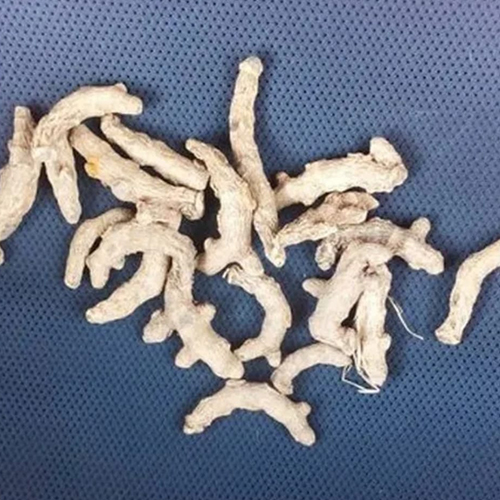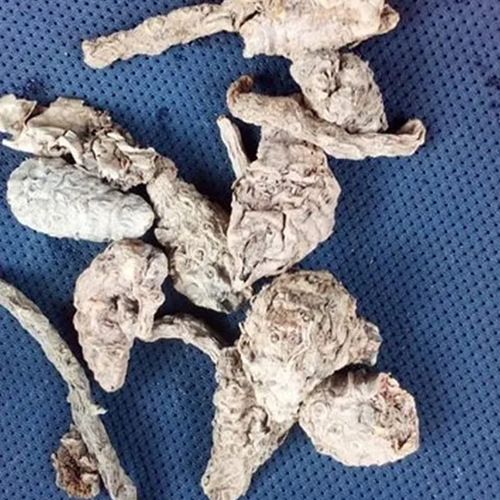Raw Turmeric
Product Details:
- Product Type Fresh
- Processing Raw
- Grade First Class
- Click to View more
Raw Turmeric Price And Quantity
- 100 INR/Kilograms
- 100 Kilograms
Raw Turmeric Product Specifications
- Fresh
- First Class
- Raw
Raw Turmeric Trade Information
- Cash Advance (CA)
- 5000 Kilograms Per Month
- 10 Days
- All India
Product Description
The look of raw turmeric is quite similar to that of dried turmeric, with a rough brown outside and a vivid orange-yellow interior. The same active ingredients are present, including curcumin, which is well known for its potential health advantages.
Raw turmeric can be used in cooking by grating, slicing, or chopping it, then adding it to meals to enhance flavour and colour. In Asian cooking, it is frequently used, especially in curries, stir-fries, and soups. When added to food, raw turmeric gives it a characteristic earthy and slightly bitter flavour.
Additionally, raw turmeric can be used to smoothies or juices to add colour and a mild flavour. For a health boost, some people like to make "turmeric shots" by juicing raw turmeric with other ingredients like ginger, lemon, and black pepper.
Raw turmeric is frequently utilised medicinally in conventional medical systems like Ayurveda and traditional Chinese medicine. Anti-inflammatory, antioxidant, and antibacterial properties are thought to exist in it. As part of their wellness practise, some people drink raw turmeric or its juice to improve general health and wellbeing.
It's crucial to remember while working with raw turmeric that because of its vivid colour, it can leave stains on surfaces, clothing, and even skin. It is advised to use it carefully and handle it with care.
Overall, raw turmeric is a flexible food that may be added to a variety of dishes and treatments. Fresh turmeric is a popular option for people looking to add it into their diet or wellness programme because it has a vibrant flavour and colour.
FAQ
1. What is uncooked turmeric?
Ans - Asian cuisine frequently uses raw turmeric, a root vegetable, as a spice or condiment. It tastes slightly bitter and is a vivid yellowish-orange colour. Most frequently, it is added to curries and other foods or used as a natural dye.
2. What are the advantages of raw turmeric for health?
Ans - Curcumin, which has anti-inflammatory qualities and may help reduce the risk of heart disease and cancer, is highly concentrated in raw turmeric. In addition, fresh turmeric has high levels of potassium, magnesium, iron, and B vitamins.
3. How can I utilise uncooked turmeric?
Ans - Both fresh and dried raw turmeric can be utilised. It is frequently grated and used as a garnish or made into a powder and added to food. Additionally, it can be eaten fresh in salads or boiled and prepared like a vegetable.
4. How should I keep uncooked turmeric?
Ans - Fresh turmeric needs to be kept in a cold, dry environment. The root should be wrapped in a paper towel and stored in the refrigerator in a plastic bag or container that is tightly closed. For up to a year, dried turmeric can be kept in an airtight container in a cool, dark location.
5. How much uncooked turmeric should I add to my food?
Ans - If you've never cooked with turmeric before, it's better to take it easy at first. A teaspoon of fresh or ground turmeric per serving is a good starting point; you can gradually increase the amount as you get used to it. Use one part of the root for every teaspoon of the crushed powder if using fresh turmeric.









